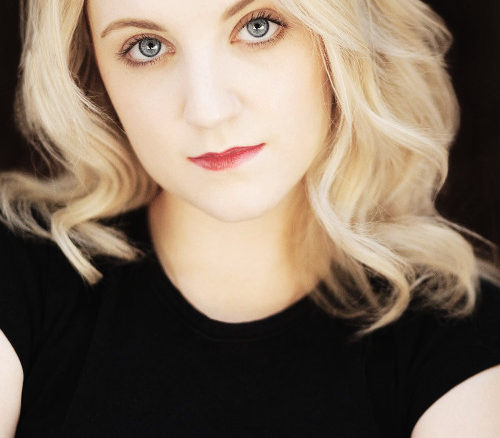
If you were to describe My Name is Emily in one word, it would be special. From its conception, this movie has been different from most. Irish director Simon Fitzmaurice was diagnosed with Motor Neurone Disease in 2008 and told he had just four years to live. His response was to begin writing a screenplay.
Over the five years it took to complete the script, Fitzmaurice’s condition worsened. He started off typing with his hands but, as his physical functions were lost, he finished with iris recognition software — effectively typing with his eyes.
Still alive eight years on from his diagnosis, the Wicklow resident has beaten the odds. So, it seems, has his film. Although the Irish Film Board committed themselves to financing the project, they were unable to cover the extra costs required to have Fitzmaurice on set, such as extra production scheduling and facilities to accommodate his condition. A crowdfunding campaign was set up in 2013 and, with endorsements from celebrities such as Colin Farrell, Alan Rickman, Sam Neill, Jedward, and Lenny Abrahamson, it raised over €120,000.
Evanna Lynch, of Harry Potter fame, played the title role of Emily: a deeply complex, pensive teen who is somewhat of a misfit. After the death of her mother (Deirdre Mullins) and a mental breakdown that results in her father (Michael Smiley) being admitted to a psychiatric facility, Emily is moved into a foster home in Dublin. She and her father always played by their own rules, but alone and in a new school, she finds herself struggling.
She bonds with a shy classmate named Arden (George Webster), who becomes quite enchanted by her. When she doesn’t receive a birthday card from her father, she begins to worry something is wrong and convinces Arden to drive her to her father’s hospital to break him out. As the pair travel across the country in his grandmother’s yellow Renault, they grow closer and delve into the complexities of mental health, loneliness, and the confusion of being a teenager.
Emily is not always the most likeable of characters, but she strongly represents the core message of the film: everyone is fighting their own battle. Her character also pushes the idea that we’re never alone in the trenches, no matter how alone we may feel.
Many of the set pieces and plot points that make up My Name Is Emily are familiar – eccentric film clichés ranging from the misunderstood teen girl to the road trip of self-discovery in a quirky car. The result isn’t another tired, lacklustre indie drama, but instead an intimate portrait of a young girl who is barely keeping her head above water. Although the themes are heavy, well placed moments of biting humour stop things from becoming too dark or macabre.
The cinematography – the work of Séamus Deasy – reads like a love letter to Ireland; dreamy, romantic landscapes frame the film elegantly, and show off this island’s beauty to perfection. The ethereal style of the shots reflects the aura that Emily projects, and the result is almost celestial. This borderline other-worldly mood is balanced by the grounded nature of her companion, Arden, who stops dialogue from becoming inaccessibly philosophical.
My Name Is Emily is too arthouse to be a straightforward drama, yet too narratively driven to be considered avant-garde. What’s left is a thought-provoking film full of exquisite imagery and poignant prose, with the voiceover monologues projecting Emily’s thoughts bordering on poetry. Voiceovers are a device that is often overused and poorly executed, but like the other potentially clichéd methods used in this film, it adds to the narrative and fits in very authentically.
Although nothing in My Name Is Emily is truly groundbreaking, the film as a whole is a beautifully crafted rich, emotional story that gives its characters plenty of room to grow.
A crop of rave reviews, two awards from the Galway Film Fleadh, and eight nominations at this year’s Irish Film & Television Awards prove that Fitzmaurice’s hard work and determination in writing and directing this film paid off. The subject matter is provocative and captivating, and the project as a whole captures the tempestuous passion of the teenage state; ending as uncertainly as it probably should.
Keava O’Loan
Image Credit: Tracking Republic




Leave a Reply